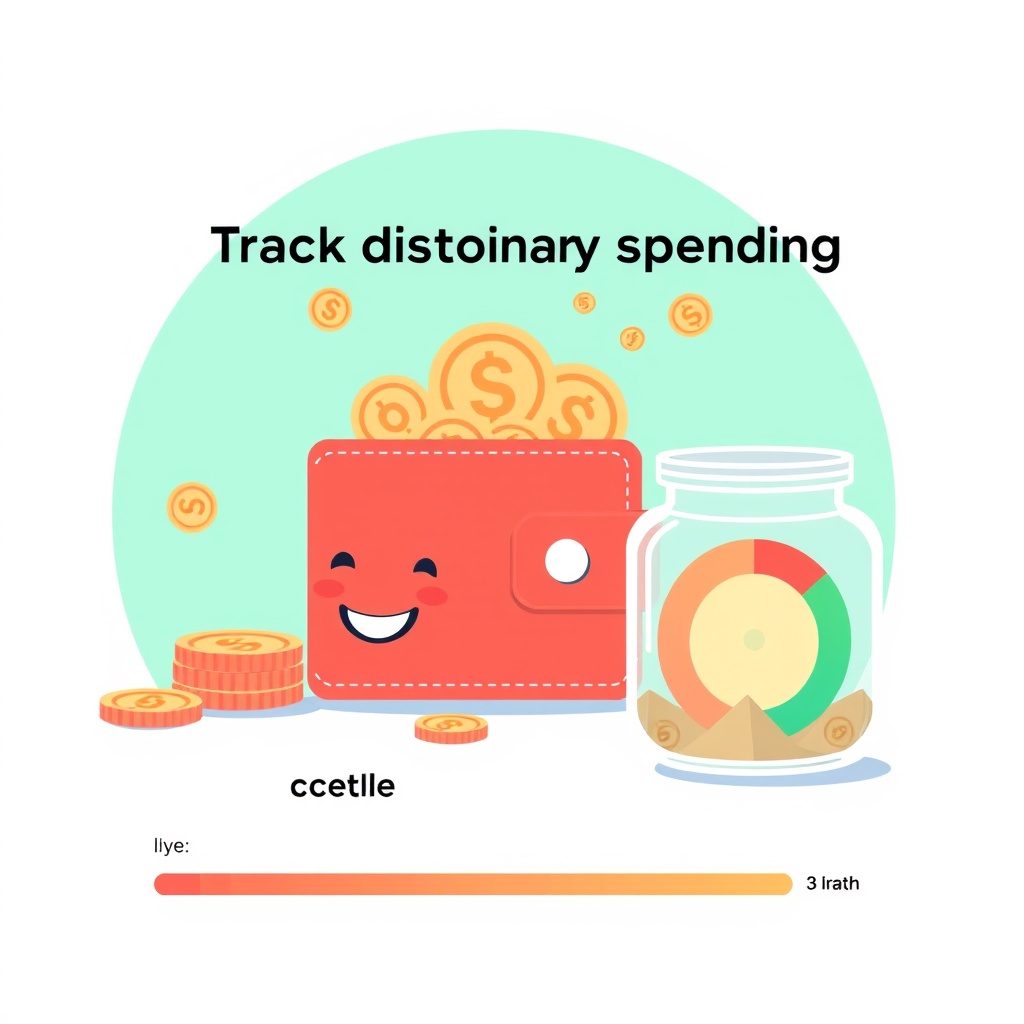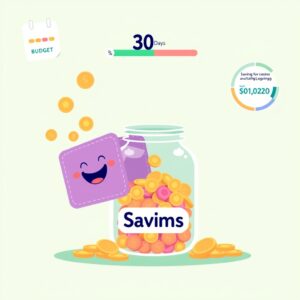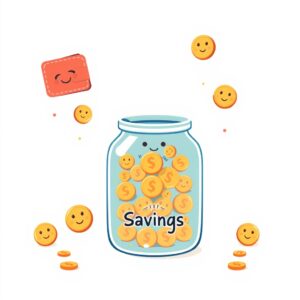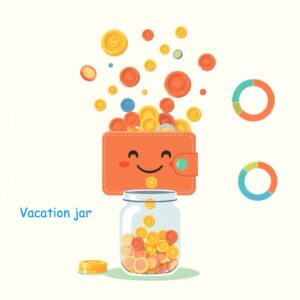Estimated reading time: 10 minutes
Key Takeaways
- Discretionary spending includes non-essential expenses that can impact financial health.
- Tracking these expenses helps prevent unnecessary debt and aligns spending with financial goals.
- Utilize tools and methods such as budgeting apps and manual tracking for effective monitoring.
- Implement strategies to reduce discretionary spending and control impulse purchases.
Table of Contents
- I. Introduction to Discretionary Spending
- II. Understanding Discretionary Spending
- III. Why Track Discretionary Spending?
- IV. How to Track Discretionary Spending
- V. Cutting Discretionary Expenses
- VI. Controlling Impulse Spending
- VII. Discretionary Spending Examples in Action
- VIII. Conclusion
- IX. Additional Resources
I. Introduction to Discretionary Spending
Defining Discretionary Spending
Discretionary spending encompasses non-essential costs that can be reduced, postponed, or eliminated without severe consequences. Unlike essential expenses, which include rent, utilities, groceries, or debt repayments, discretionary spending is more about lifestyle choices and personal enjoyment [source] [source] [source].
Importance of Tracking
Tracking discretionary spending matters because it offers a clearer perspective on where your money is going. Without proper monitoring, non-essential expenses can easily spiral out of control. Understanding your discretionary expense examples can help keep your budget on track and ensure that you’re prioritizing your spending according to your true financial goals.
II. Understanding Discretionary Spending
Definitions & Differences
Essential Expenses vs. Non-Essential Expenses
- Essential Expenses: These are mandatory costs like rent, utilities, groceries, insurance, and debt repayments that typically cannot be avoided [source].
- Discretionary Expenses: These are non-essential costs, such as dining out and entertainment. They can be reduced or skipped entirely [source] [source].
Common Discretionary Spending Examples
- Entertainment: Movies, concerts, streaming services.
- Dining Out: Visits to restaurants and coffee shops.
- Hobbies and Leisure: Gym memberships, games, sporting activities.
- Shopping: Buying non-essential clothing or gadgets.
- Personal Services: Spa treatments, salon visits, and celebratory events.
- Travel/Vacations: Non-essential travel plans [source] [source].
III. Why Track Discretionary Spending?
Benefits & Financial Impact
- Control Overspending: Tracking helps prevent unnecessary debt [source].
- Awareness: Understanding your spending habits leads to more deliberate financial decisions [source].
- Financial Goals: Cutting back on wants can free up money for savings or investments.
- Adaptability: Tracking expenses allows you to quickly adjust to financial changes or prioritize needs over wants [source].
IV. How to Track Discretionary Spending
Step-by-Step Guide
- Categorize Expenses: Separate essential needs from non-essential wants in your budget [source].
- Record Daily Expenditures: Keep a consistent log of every non-essential purchase. Read more
Tools & Methods
- Manual Tracking: Use journals or spreadsheets for detailed awareness.
- Discretionary Budget App: Choose apps that offer features like expense categorization, real-time spending alerts, and thorough analytics. Here are a few popular choices:
- Mint
- YNAB (You Need a Budget) [comparison]
- PocketGuard
- EveryDollar
- Personal Capital
These tools can make tracking more efficient and informative, offering insights into spending patterns and potential areas for cost-saving. Learn more
V. Cutting Discretionary Expenses
Identifying Areas to Reduce
Review your past bills and statements to identify spending patterns. Look for excessive categories where costs can be cut back.
Strategies
- Set Spending Limits: Define limits for categories such as dining and entertainment.
- Prioritize Expenses: Decide which purchases bring actual value and which can be skipped.
Practical Tips
- Plan meals at home to avoid frequent restaurant dining.
- Opt for at-home streaming over movie outings.
- Always shop with a list to reduce impulse buys.
- Seek free or cheap community activities for leisure.
VI. Controlling Impulse Spending
Understanding Impulse Buying Behavior
Impulse purchases are often driven by emotions, marketing tactics, or convenience.
Techniques to Control Impulse Spending
- Always shop with a pre-planned list.
- Implement a mandatory 24-hour waiting period for non-essential purchases.
- Use budgeting apps to set spending alerts and limits in discretionary categories. Read more
VII. Discretionary Spending Examples in Action
Real-Life Scenarios
Consider these short stories showcasing practical savings:
- A family reduced their dining expenses by 50% with strategic meal planning.
- An individual redirected funds destined for travel into an emergency savings account.
Case Studies
Before-and-after comparisons allow readers to see exactly how cutting discretionary expenses can translate to monthly savings and financial stability.
VIII. Conclusion
Tracking discretionary spending is one of the essential steps towards financial health. By understanding how and where your money is spent, you can gain control, cut down expenses, and redirect funds towards priority goals like savings or investments. Learn more
Call-to-Action
Start today by choosing a method or a discretionary budget app. Dig into the past month’s bills and take note of where you can make immediate changes to enhance your financial situation. Get started
IX. Additional Resources
- Budgeting Apps: Mint, YNAB, PocketGuard, EveryDollar, Personal Capital.
- Further Reading: Explore financial management content at the official websites of Equifax, Experian, or well-regarded finance blogs for in-depth insights on managing your discretionary expenses.
By taking control of discretionary spending, you open up possibilities for better financial security and improved economic decisions. [source]
Invest the time to track and evaluate your discretionary expenses today, and enjoy a more financially secure future.




